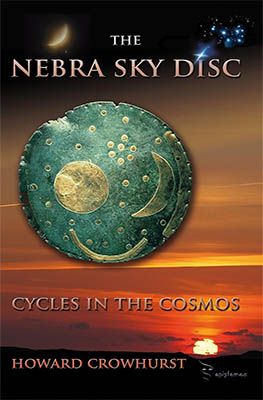The discovery of the Sky Disc of Nebra is the sort of story archaeologists dream about. It’s a prehistoric treasure that was accidentally found by two fortune hunters in the forests of Saxony-Anhalt. This find offers a unique glimpse into the world of 3,600 years ago. We had never heard of this archaeological treasure before. However, during the guided tour at the visitor centre in Nebra, a whole new world opened up for us. This story will stay with us forever, as it has left an indelible impression about the knowledge that people already had about our solar system in ancient times. The story of the Sky Disc of Nebra thus became a highlight during our journey through the little-known Saxony-Anhalt.
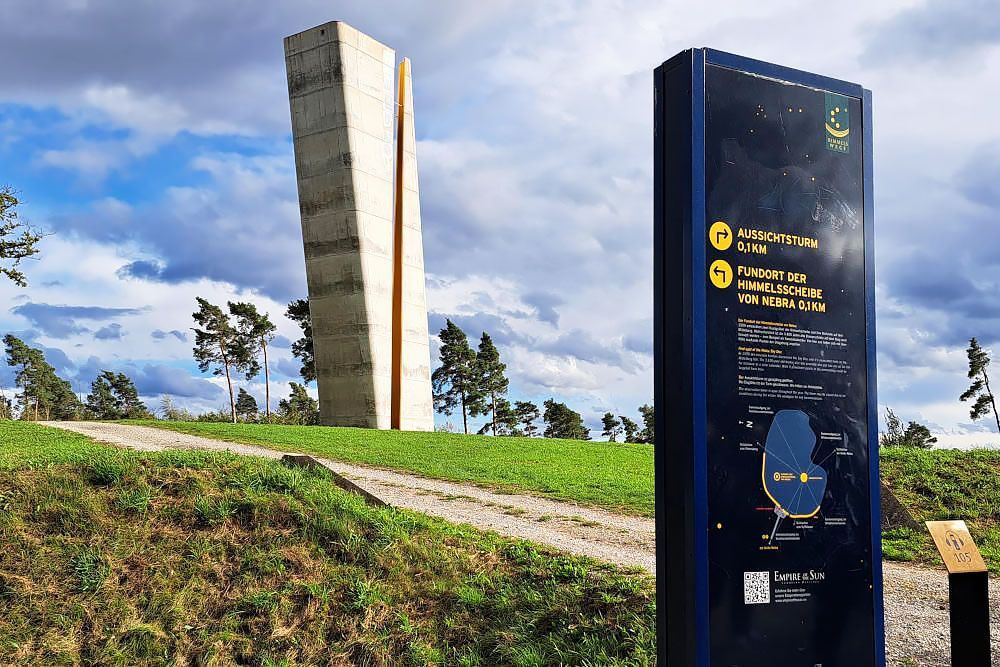
The discovery of the Sky Disc of Nebra
It’s 1999. Two poachers are combing through the forests near Nebra with their metal detectors. They’re searching for valuable metals. They stumble upon a bronze disc, just a few centimetres below the ground. At first glance, the disc doesn’t seem particularly special, but upon closer inspection, they discover golden-coloured images of the sun, moon, and stars. They have no idea how old this object is or what it means, but they suspect it’s worth money. The men try to sell the disc on the black market, but fortunately, archaeologists soon catch wind of the Sky Disc of Nebra. Thanks to an undercover operation, the disc is secured and handed over to the German authorities. The world would soon learn what a unique find this was.
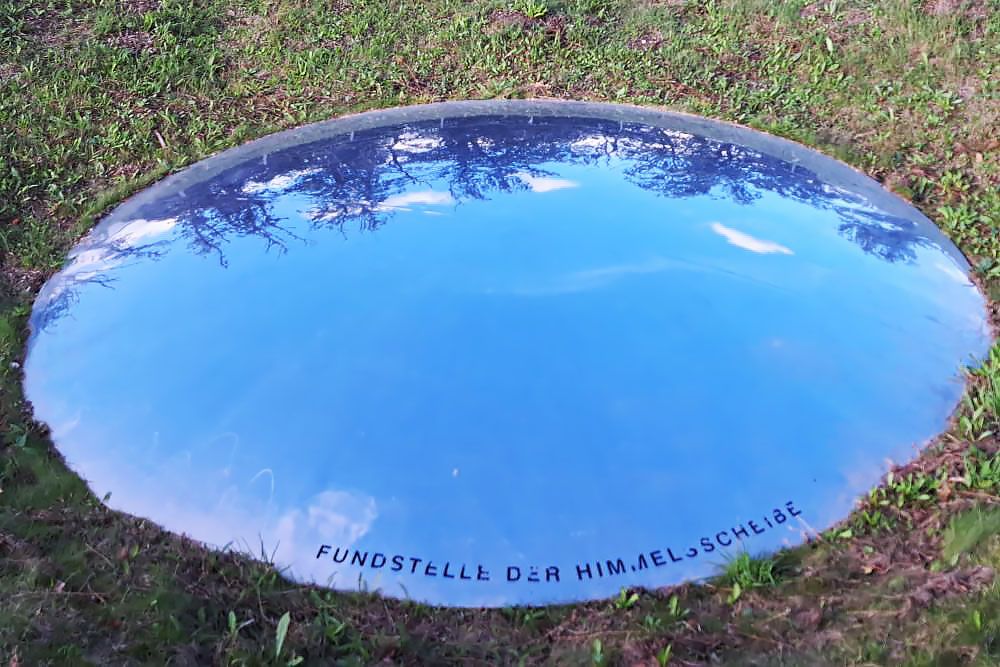
What the Sky Disc of Nebra tells us
The Sky Disc of Nebra is made of bronze and has a diameter of about 30 centimetres. The disc clearly shows recognisable symbols of the sun, a crescent moon, and a cluster of seven stars, thought to represent the Pleiades. This cluster is visible in the winter sky and likely played an important role in agriculture and marking seasonal transitions. Later, two golden arcs were added, marking the horizon and the solstices. The round shape at the bottom of the disc is reminiscent of an ark. In the belief of prehistoric cultures, the sun sailed away at night, only to return to its place in the sky in the morning.
Nebra’s Sky Disc is one of the earliest representations of astronomical knowledge in human history. The symbols are not merely decorative. They form a kind of calendar, with which the bearers could probably tell time using the sun and moon. This was crucial for agricultural communities that depended on knowing the right time to sow and harvest. In fact, the disc can be seen as one of humanity’s first attempts to get a grip on time and nature.
What’s also remarkable is the use of bronze, which is made from copper and tin. Neither of these raw materials were found in Saxony-Anhalt. This meant that people were already trading with, for example, England to obtain tin, and with the east to acquire copper.
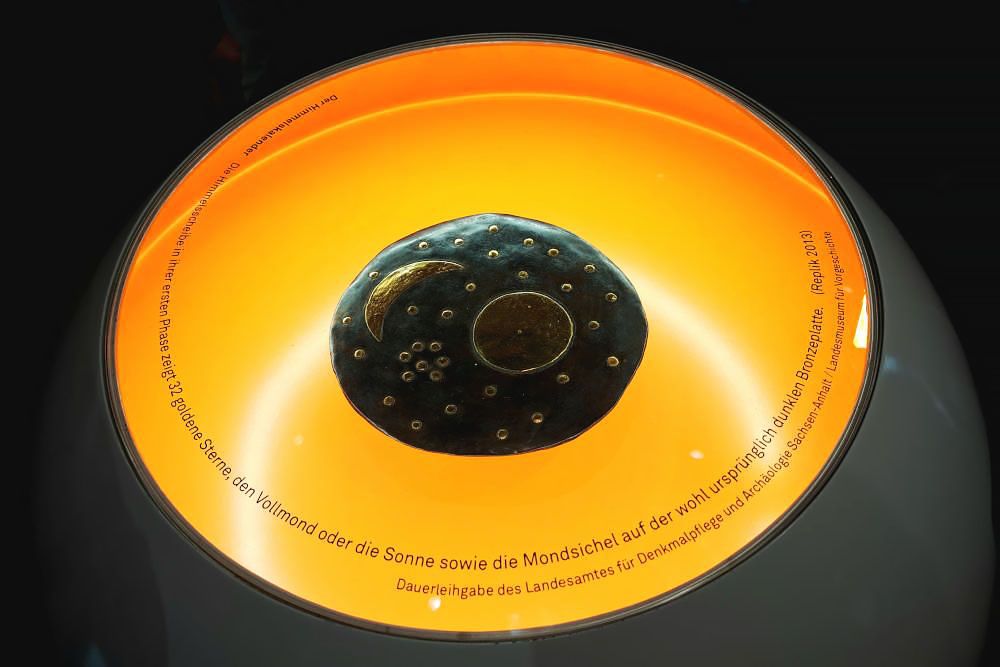
Solar and lunar calendar
The Sky Disc of Nebra appears to contain a complex combination of both a solar calendar and a lunar calendar. While the crescent moon depicts the phases of the moon, the golden-coloured disc in the centre likely represents the sun. The combination of sun and moon would have helped the owners to better understand seasonal changes and predict important agricultural moments such as the solstice and equinoxes.
Interestingly, the disc also shows that the people who used it knew that the lunar calendar and the solar calendar don’t run synchronously. They must have found a way to balance the two. This insight was essential for understanding the cycles of nature.
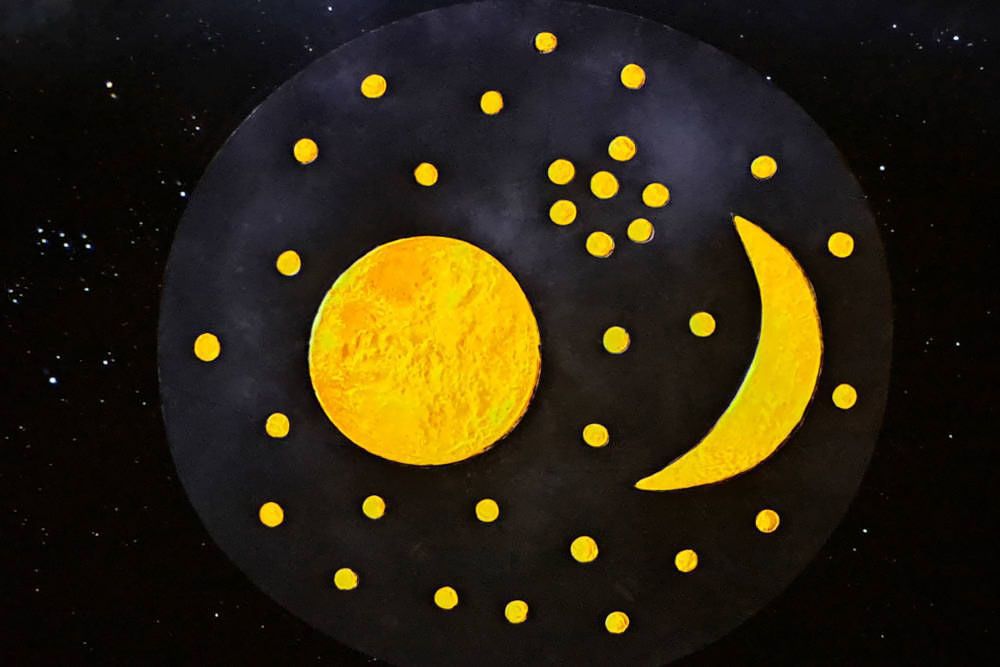
Connection with Stonehenge, Ales Stenar, and Goseck
How does the Sky Disc of Nebra fit into the bigger picture of prehistoric astronomical monuments? Just like the famous circle of Stonehenge in England, Sweden’s Ales Stenar, and the German Goseck circular enclosure, the Sky Disc of Nebra seems to be part of a network. A system where people thousands of years ago already had profound knowledge of the night sky. It’s fascinating to think that these cultures, spread across Europe, each developed their own methods to track the movements of celestial bodies.
Stonehenge is, of course, primarily known as an observatory for the sun, with its famous alignment to the solstice. Ales Stenar in Sweden, a large stone formation in the shape of a ship, is also seen as an ancient sundial. And then there’s the Goseck Circle, not far from where the Sky Disc of Nebra was found. This is considered the oldest solar observatory in Europe. These monuments prove that people have been studying the sky and understanding the cycles of sun and moon for thousands of years.
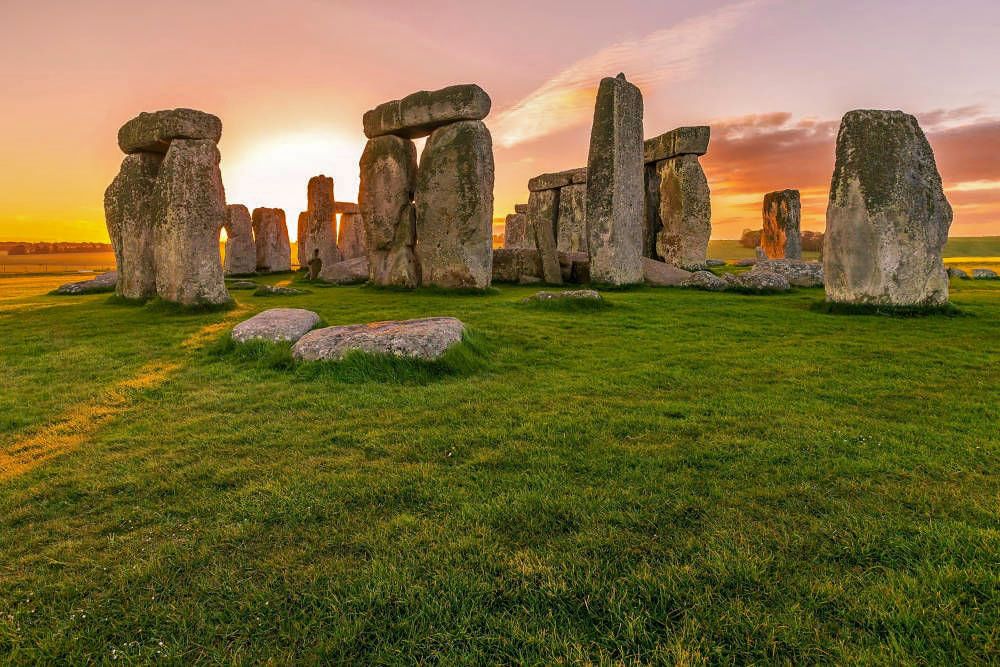
From illegal trade to national heritage
The path of the Sky Disc of Nebra from illegal find to national heritage was not easy. When the disc was recovered in 2002, considerable damage had already been done by the poachers who had roughly extracted the disc from the ground. Fortunately, experts were able to restore and study the disc. Now, the Sky Disc is considered one of the most important archaeological finds of the 20th century and is part of the UNESCO Memory of the World Register.
But the story continues. The disc not only provided new insights into prehistoric astronomy, but it also increased our understanding of the European Bronze Age. The discovery led to more research into how traded goods, knowledge, and culture circulated in Europe during this period. Perhaps the Sky Disc was not the work of a single community, but the result of knowledge exchange between different groups of people.
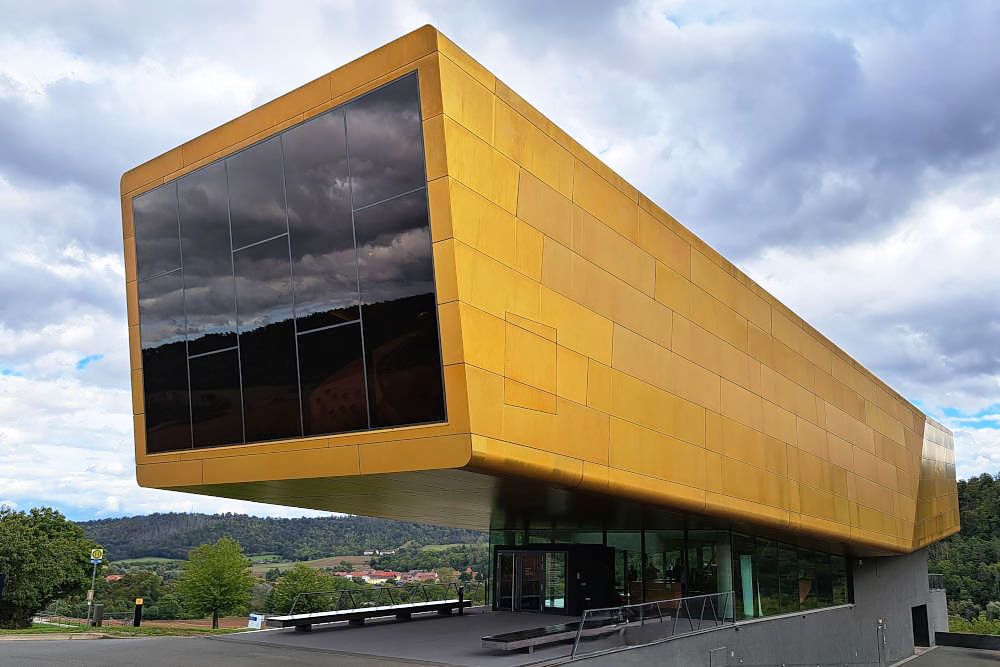
Visitor centre for the Sky Disc of Nebra
The modern visitor centre near the village of Nebra has a remarkable appearance. The architect used the ark on the Sky Disc of Nebra as inspiration for the design. This has been successfully achieved; the yellow building with a bend certainly resembles the curved boat. In the interactive museum, we embark on a journey through time. We learn a great deal about the disc, but also about the worldview held by its creators at the time. The connection with other astronomical sites around the world is also highlighted. The film presentation in the Planetarium is particularly impressive. After that, the image of the Sky Disc of Nebra remains etched in our minds.
From the visitor centre, we look out over the rolling landscape. In the distance, we discern a large tower. It stands at the site where the treasure was found. We reach this spot via a walking route through the forest. There’s a large observation tower with a unique design. The tower has a large opening between two sides. During the solstice on 21 June and 21 December, the sun shines straight through this opening across the plain. From the tower’s platform, we enjoy a breathtaking view of the Saale Valley. In the distance, the visitor centre gleams in the sun. Below us lies the spot where the treasure hunters made their discovery in 1999. The spherical mirror creates beautiful effects with the clouds above us.
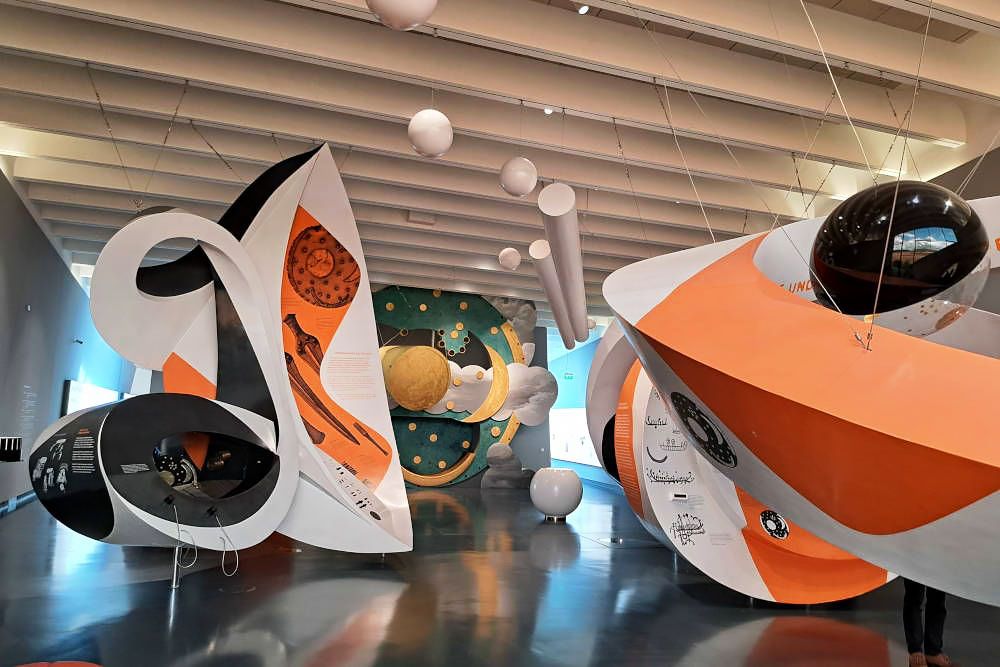
State Museum of Prehistory in Halle
Although the visitor centre provides an impressive overview of the disc’s history and significance, we don’t find the original Sky Disc here. For that unique masterpiece, we travel to the State Museum of Prehistory in Halle (Saale). There, the Sky Disc is exhibited as one of the absolute top pieces of prehistory. For us, it’s the first destination when we enter the museum. We walk directly to the second floor. There we find the treasure. In a completely dark room, the Sky Disc of Nebra shines brightly. We recognise all the symbols on it; despite some damage, the object is in excellent condition. We stare at the disc in disbelief and try to imagine how humans 3,600 years ago had so much knowledge of our solar system. It’s intriguing to be face to face with the world’s oldest representation of the cosmos!
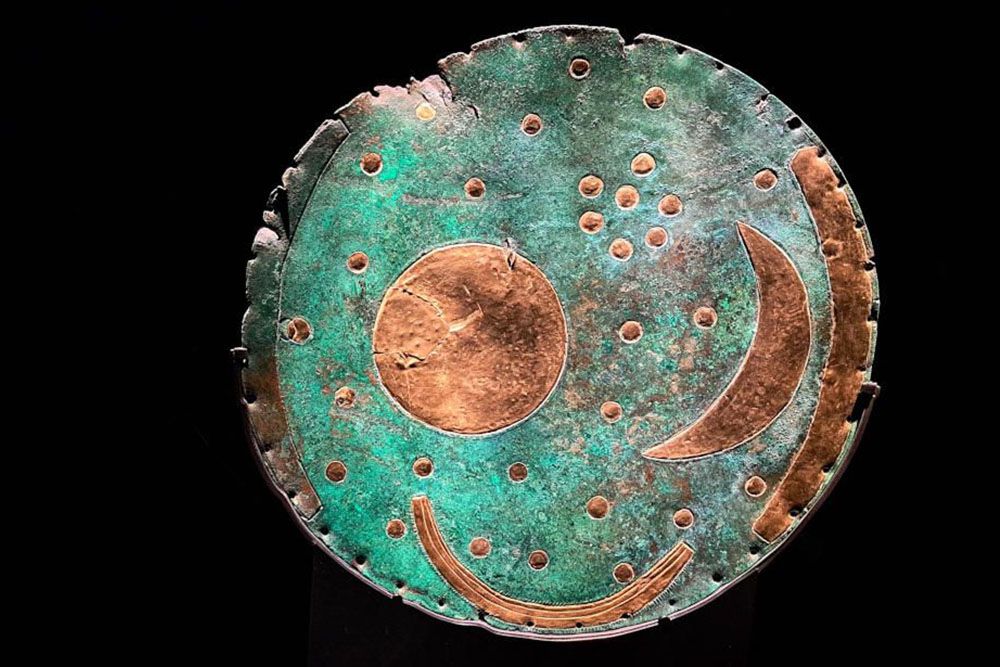
The Sky Disc of Nebra is more than just an archaeological find. It’s a window into the world of thousands of years ago, when people were already engaged with the stars, the seasons, and their place in the universe. The idea that the creators of the disc looked at the same sky as we do now connects us with the makers of this unique object.
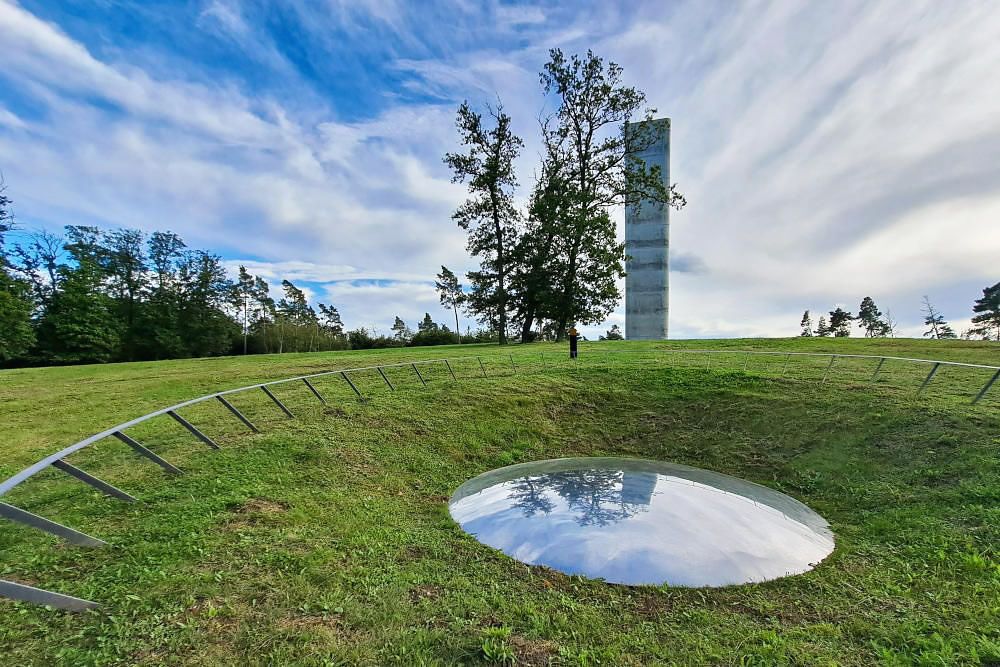
Practical questions about the Sky Disc of Nebra
The Sky Disc of Nebra is a unique representation of the sky, depicting the sun, moon, and stars. The Sky Disc was made about 3,600 years ago. This makes it the oldest representation of the cosmos in the world.
A modern visitor centre with interesting interactive presentations is located at the site where the Sky Disc was found. The address of the visitor centre is An der Steinklöbe 16 in Nebra. This place is an hour's drive from Halle (Saale). These are the opening hours of the visitor centre.
The original Sky Disc of Nebra is located in the State Museum of Prehistory in Halle (Saale).
In Saxony-Anhalt, you'll find more astronomical attractions worth visiting. The thematic route Himmelswege runs along all these places in Saxony-Anhalt. This allows you to undertake a journey through time and become acquainted with remarkable astronomical finds.
Certainly, the Hotel-Restaurant & Café Waldschlösschen is located a short distance from the visitor centre. We enjoyed a delicious dinner with various local specialities. A lovely conclusion to an impressive visit to the site where the Sky Disc of Nebra was found. We didn't stay overnight there.
We visited the Nebra visitor centre at the invitation of the German Tourist Board and the Saxony-Anhalt region. We have written the blog independently and objectively based on our own impressions.


